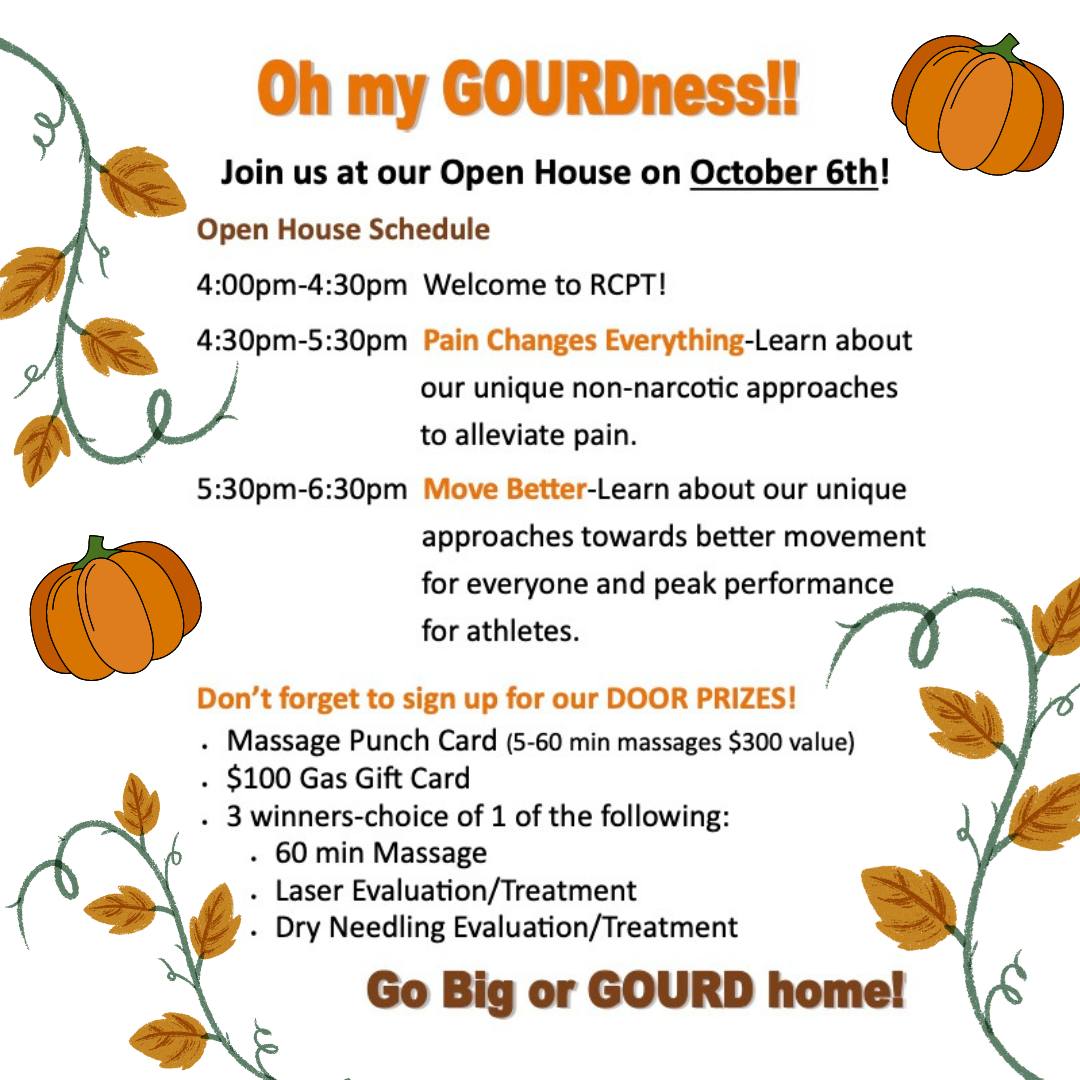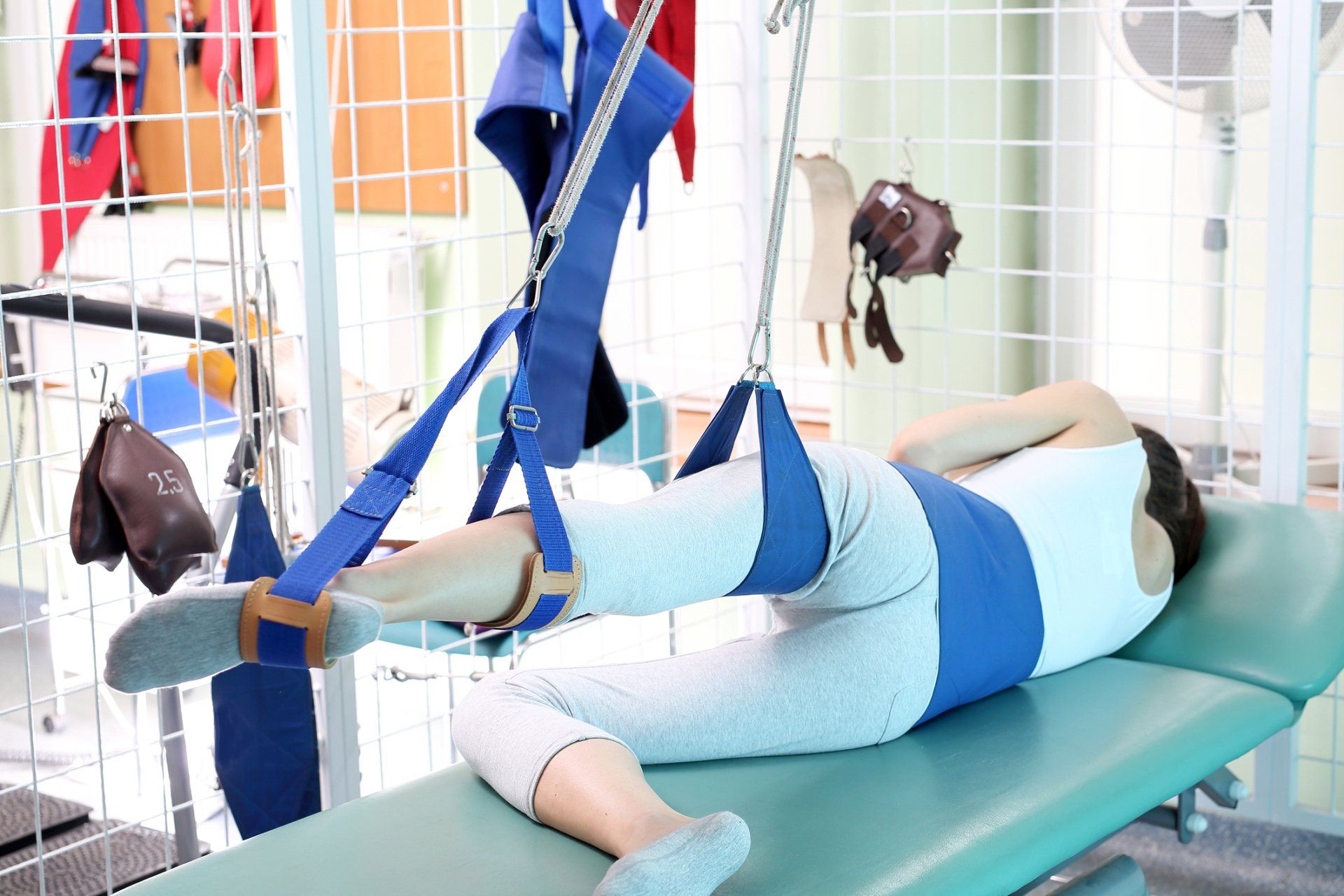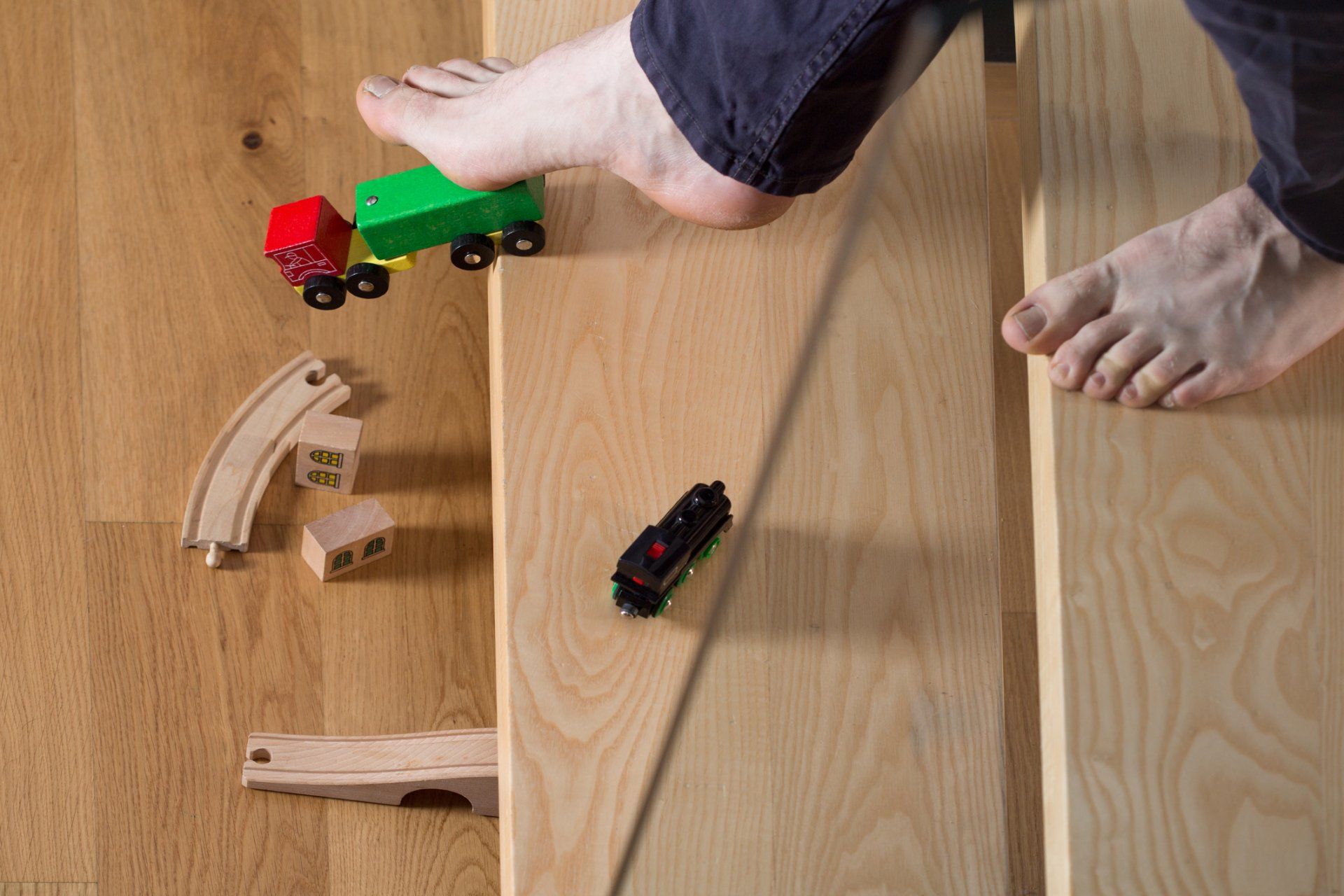Introduction to the Selective Functional Movement Assessment
The Selective Functional Movement Assessment (SFMA) is a movement-based diagnostic system that allows a physical therapist to break down components of functional movements in order to determine the cause of pain. It is a repeatable test that easily allows for the ability to incorporate treatments and then reassess to determine if movement has improved and ideally, if pain has also decreased.
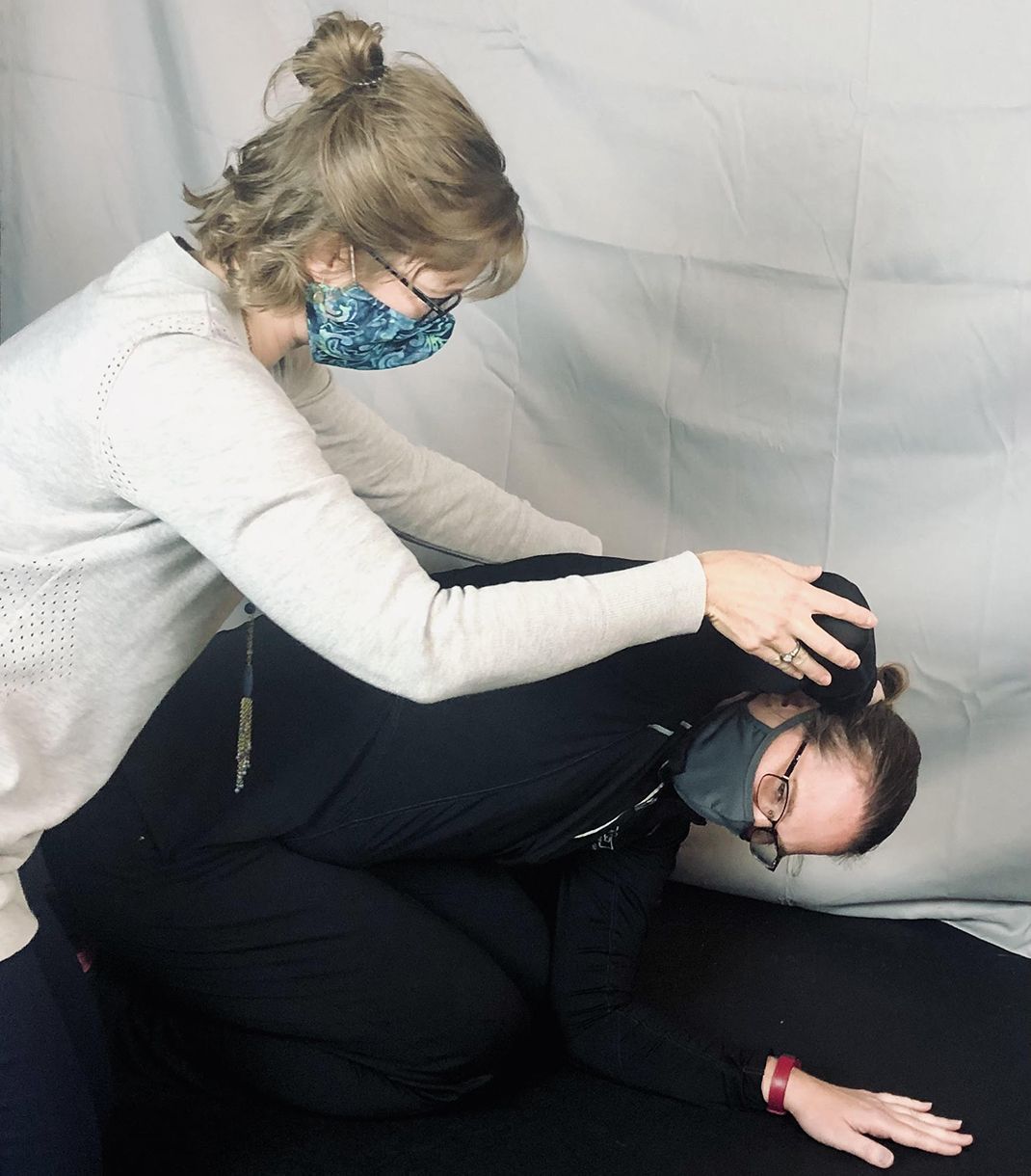
A key concept of the SFMA is the concept of regional interdependence. This has been a subject of discussion in the physical therapy world for a number of years. Essentially, often there is dysfunction in one area of the body that leads to pain and dysfunction in another area of the body. For example, as therapists we often treat people with knee pain that is related to altered mobility and strength at the hip. Sometimes this is related to inflexibility or joint stiffness. Other times this is a result of loss of motor control surrounding the joint. In either case, it is possible that the source of the knee pain is not structurally related to the knee.
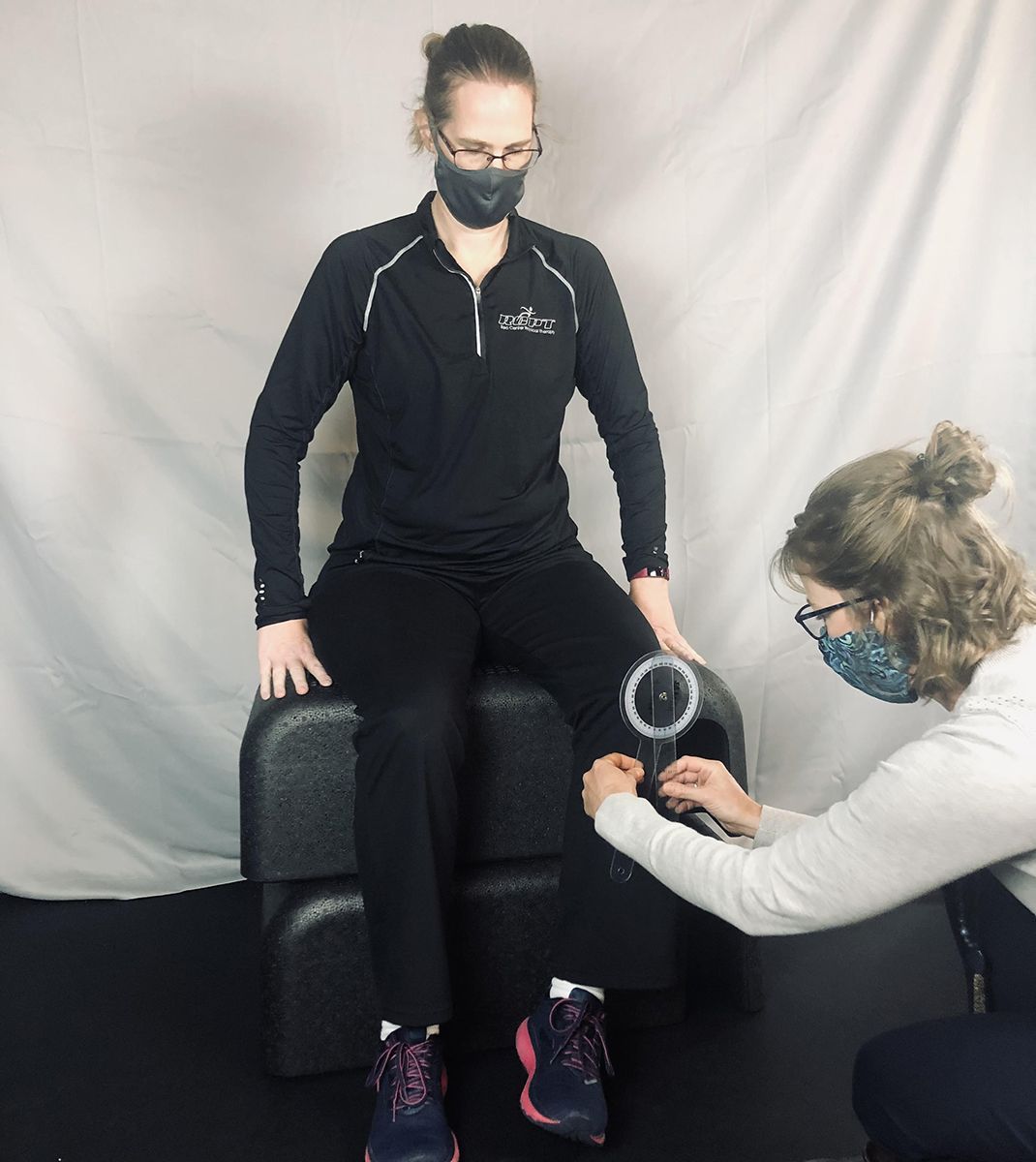
The SFMA consists of a “top tier” of movement patterns. We look at a series of movements starting at the neck and working down the body. We are looking for not only the quantity of movement available but also the quality of the movement pattern. Each large movement can then be broken down systematically into smaller components to determine whether a person has a mobility problem or altered motor control. We are then able to intervene using a variety of treatments and exercise to address each of these components.
Please contact us at (319)-295-8899 if you feel that the SFMA would be helpful to you!
Jill Kilkenny, PT, MSPT earned her Masters of Science in Physical Therapy from Washington University in St. Louis. She has over 20 years of experience treating a variety of movement-related diagnoses. She is certified in the Selective Functional Movement Assessment and has also completed Level 1 and 2 coursework in Functional Dry Needling.




